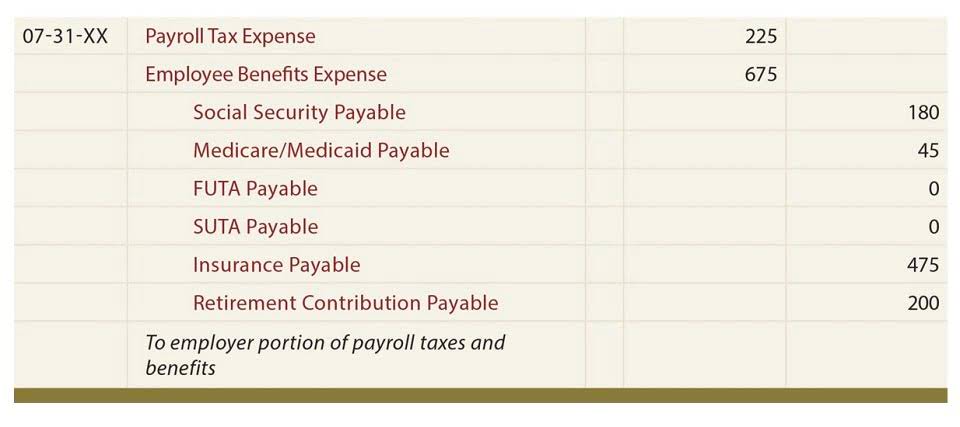
The total equity https://www.bookstime.com/ amount reflects the company’s net worth or book value, which is the value of the assets minus the liabilities. In the United States businessesand organizations widely use a standardized chart of accounts. In accounting and bookkeeping, we use the term accounts for categories under which you typically record your business’s financial activities.

How do you structure a chart of accounts?

Revenue appears at the top line of the income statement, showing the total amount of money earned from sales or other business activities. It reflects the company’s ability to generate income from its core operations, indicating its financial health and growth potential. Current assets are a company’s possessions it plans to convert into cash or use up within a year, like cash, inventory, and accounts receivable. Non-current assets are things a company owns but won’t convert to cash shortly, like property, equipment, and long-term investments.
- An expense account balance, for example, shows how much money has been spent to operate your business, whereas a liabilities account balance shows how much money your business still owes.
- Current assets are a company’s possessions it plans to convert into cash or use up within a year, like cash, inventory, and accounts receivable.
- For standardization purposes, many industry associations publish recommended charts of accounts for their respective sectors.
- GAAP guidelines help ensure the uniformity and comparability of financial reporting, making it critical for accounting and auditing professionals to abide by these established principles.
- This column is for information only to indicate whether the account is normally increased by a debit or a credit.
Financial Statement
But the final structure and look will depend on the type of business and its size. Similarly, the accounts listed within the chart of accounts will largely depend on the nature of the business. For example, companies in the United States must have certain accounts in place to comply with the tax reporting requirements of the IRS (Internal Revenue Service). One of the IRS stipulations is that expenses like travel and entertainment should be tracked in individual accounts.

Your COA Is the First Step in Your Financial Data’s Journey

Obviously, that makes your chart of accounts essential to a host of different people and groups, from your decision-makers and stakeholders to potential investors and lenders. But just because it’s important doesn’t mean it’s intuitive or straightforward, at least without true expertise guiding the way. Well, that’s exactly how someone looking through your financials would feel if it wasn’t for the accounting equivalent of that life-saving index – the chart of accounts (COA). Examples of expense accounts include the cost of goods sold (COGS), depreciation expense, utility expense, and wages expense. Furthermore, anything from 100 to 119 is a current asset, while anything from 120 to 199 is a noncurrent asset.
Income Statement Chart of Accounts
Simply put, without an informative chart of accounts that’s customized to your particular needs, your decision-makers are leading your organization with blinders on. For example, all of the sample chart of accounts listings from 100 to 199 are assets, while all of the listings from 200 to 299 are liabilities. This comprehensive listing of accounts in the general ledger allows for easy organization of finances. It also shows you the main financial statement in which the account appears, the type of account, and a suggested account code.

- For example, if you have unneeded categories in your COA, it’s usually not a good idea to eliminate them mid-period due to possible orphaned data in your financial statements.
- A chart of accounts is a document that numbers and lists all the financial transactions that a company conducts in an accounting period.
- This is crucial for providing investors and other stakeholders a bird’s-eye view of a company’s financial data.
- A chart of accounts is a list of all the accounts and financial transactions for your business in one location.
- It is important to keep track of both common and preferred stock in the equity accounts, as they have different implications for the company’s financial management and shareholder rights.
Now that we have the high-level information behind us, let’s roll up our sleeves a bit and zero in on building the ideal chart of accounts for your company. As we said before, an effective https://x.com/BooksTimeInc COA begins with two essential building blocks – balance sheet accounts and income statement accounts. The chart of accounts is vital in offering interested parties, such as investors and shareholders, a clear and transparent view of a company’s financial health. The ideal candidate for this role should possess a foundational understanding of accounting principles and practices and familiarity with QBO or Xero accounting software. This individual pays attention to details, is proactive in understanding financial statements, and is willing to expand their knowledge further.

